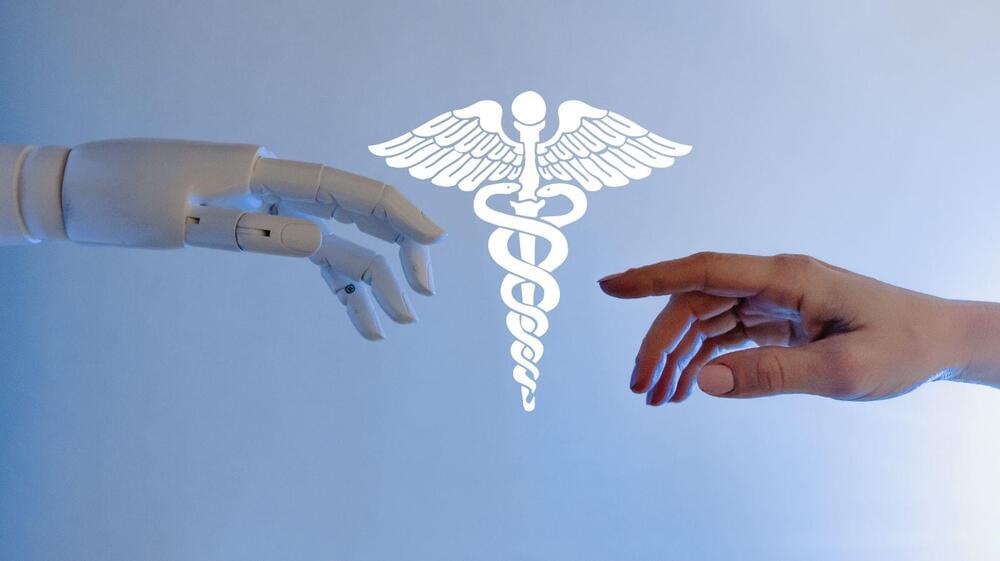Billionaire Elon Musk took a dig at fellow billionaire and Microsoft co-founder Bill Gates over his knowledge of artificial intelligence (AI). He insisted that Mr. Gates has a “limited” understanding of AI.
This was in response to a tweet by Sandy Kory, who praised the leadership of Mr. Gates at Microsoft and his approach toward AI. “‘I’d been meeting with the team from OpenAI since 2016…” –from Bill Gates’ essay, The Age of AI Has Begun. It’s big when someone like Gates is so bullish on AI. Also notable that MSFT has been tracking this so closely for so long,” he said.
Mr. Kory was referring to a long, 3,639-word essay the billionaire wrote on his blog titled “The Age of A.I. Has Begun”. He wrote about how humanity was waiting for another great revolution. Mr. Gates discussed the potential impact of AI on employment, health care, and education.







